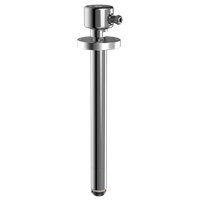
Halogen Delivers Chlorine Analyzers for Offshore Wind Farms
wind farms. The sensors, designed to measure the residual chlorine levels in seawater cooling systems, will help to prevent the growth of marine organisms that can prevent cooling systems from operating efficiently.Biofouling is a major challenge for the offshore wind industry as it can reduce heat transfer and power output. It also increases maintenance and operational costs. Seawater chlorination is a widely used method to prevent biofouling. However, it requires careful monitoring and control to ensure the optimal dosage of chlorine to minimize the environmental impact.Halogen said its chlorine
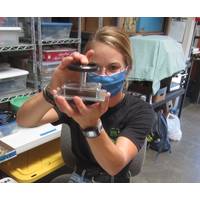
MTR100: Underwater Cameras, Lights and Ocean Landers
. Various approaches to covering the LED in clear materials have been devised, from acrylic flat plates to clear silicone rubber sheets. Some cast the LEDs in a block of clear acrylic. Heat is the principal enemy of LEDs. Much has been written about topside luminaire design, including the use of heat transfer material behind the PCB to carry the heat away from the LEDs (google “CREE LED Luminaire Design Guide”). LEDs are completely pressure tolerant as they have no compressible volume. A pressure compensating fluid, such as mineral oil may be used. Avoid silicone oil has the cast dome
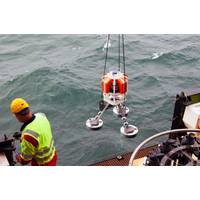
Sonardyne Helps Study Ocean Currents for Climate Insights
to the climate of Europe and gives the continent its relatively mild weather. These currents directly impact our weather, particularly in the UK. The influence of the AMOC on the Earth’s climate is so significant that there is an urgent need to better understand its movement, speed and heat transfer. That data will allow us to feed into the various climate models that help governments and society prepare for the changes in our climate in years to come.”The east side of the Atlantic Ocean is typically around 20 centimeters higher than the west side but the flow of the water does not
Charting the Shift of Oceanic Boundary Currents
has risen, its flow speed has increased and the currents thus transfer more water and also more heat from the tropics towards the pole. The cause of these changes were increasing winds in both hemispheres,” explains Hu Yang, AWI climate researcher and author of the study. The greater the heat transfer from the sea, the higher possibly the probability of storms. “Over the next decades, Japan, China and Korea will need to expect higher air temperatures particularly in winter, because the Kuroshio Current will transport more heat and shift northward with the wind. This heat will change
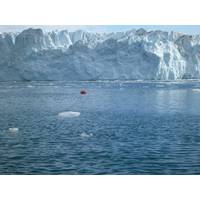
A Look at Greenland's Changing Climate
too enhances submarine melting. Surface melt water falls through cracks in the glacier creating a freshwater river that rushes out into the ocean at the base of the glacier, sometimes 600 meters (1,800 feet) below sea level. This river mixes rapidly with the dense, salty seawater, contributing to the heat transfer from the ocean to the ice, resulting in even more submarine melting beneath the sea surface. Straneo describes it as follows: “If you put an ice cube in a glass of water and don’t touch it, it will take a few minutes to melt. But if you stir it, you are making it easier
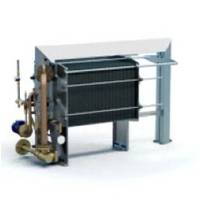
Alfa Laval to Supply North Sea Platform Freshwater Generator
; Alfa Laval is a leading global provider of specialized products and engineering solutions based on its key technologies of heat transfer, separation and fluid handling. Its products are used in power plants, aboard ships, in the mechanical engineering industry, in the mining industry and for wastewater treatment, as well as for comfort climate and refrigeration applications. Alfa Laval is listed on Nasdaq OMX, and, in 2012, posted
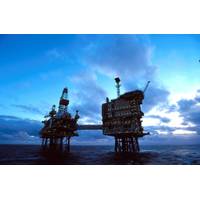
Alfa Laval Wins North Sea Oil Platform Equipment Contract
Providers of heat transfer, centrifugal separation and fluid handling systems, Alfa Laval says it has won an order to supply equipment to an offshore oil platform in the North Sea. The order has a value of approximately SEK 50 million and delivery is scheduled for 2014. The equipment supplied by Alfa Laval will be part of the important auxiliary system on the platform. “This is the third large oil and gas order within a month, reflecting the good activity level in the sector. It confirms our strong position as a reliable supplier,” says Lars Renström, President and CEO of the Alfa
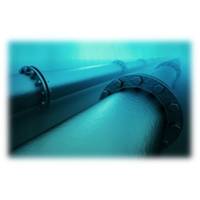
Leak Detection Methods for Subsea Pipelines
which allow the detection of leaks within confined structures where ROV access is not always possible. Temperature Sensors and Mono-Ethylene Glycol (MEG) The medium being transported maintains much of its temperature while travelling through subsea pipelines. Insulation of the pipelines slows the heat transfer and cooling process of gas and oil, preventing pressure loss, reduced flow rates and clogging of pipelines. Therefore when a leak occurs subsea facilities can monitor temperature gradient changes in the environment to locate outflows along the pipeline where the leaking medium is above or below
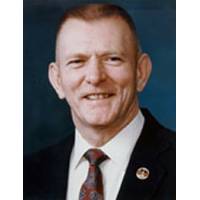
NASA Flight Controller to Keynote Hi-Tech Engineering Conference
world's largest independent CFD focused CAE provider. Our core products are the technology-leading simulation packages, STAR-CCM+ and STAR-CD. The scope of our activities, however, extends well beyond CFD software development to encompass a wide range of CAE engineering services in fluid dynamics, heat transfer and structural engineering
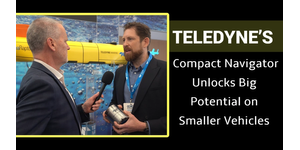


 February 2025
February 2025





